Jess and I both love visiting the stately homes in England. These imposing constructions were generally built to house the aristocratic families of the country, and tend to be rather grand affairs with formal rooms, impressive architecture and, depending on the whims of the owners, some form of landscaped garden.
These homes, which are generally in the country, can also be referred to as Country Houses or Country Homes, and they are where the gentry would retire to when not hanging out in the cities taking part in the social scene. Clearly, a tough life, but someone had to do it.
During the 20th century though, and for various reasons, many of Britain’s aristocratic families ended up short on funds and so weren’t able to keep these homes maintained. One of the ways around this was to open them up to the public (or sell them to a public body), which means that today a great many of England’s finest homes and palaces are open for touring.
Some of these are still privately owned, whilst others have been given to national organisations such as the National Trust and English Heritage for ongoing maintenance and upkeep.
In today’s post, I want to share with you ten of my favourite stately homes that you can visit in England. Note that this doesn’t include major Royal Palaces like Windsor or Hampton Court – that’s going to be a whole post of its own!
I’m also just sticking to England for this one. As you can imagine, there were hundreds to choose from across the country, but I feel that each of the ten options in this post is well deserving of its title as one of the:
Table of Contents
Best Stately Homes in England to Visit
1. Blenheim Palace
Blenheim is the only property in Britain which carries the title “Palace”, but is not Royal. Instead, it’s the principal residence of the Dukes of Marlborough (the family still lives on site), and is both a UNESCO World Heritage Site, and one of the largest houses in England.
It’s also notable as being the birthplace of Sir Winston Churchill, and is the ancestral home of the Churchill family.
The house and grounds today are open to the public, and are a truly grand place to visit. You could easily spend a full day here, picnicking by the lake, enjoying the English Baroque architecture, touring the Winston Churchill exhibit (he also proposed to his wife on the grounds) as well as taking in the gloriously opulent state rooms and wandering the park and gardens which in their current form were designed by renowned landscape gardener Capability Brown.
It’s a good day trip from London, and could also be combined with a visit to nearby Oxford. Read more about our experiences visiting Blenheim on a day trip from London here, and book your tickets in advance here to save the queue. You can also book a day trip from London which includes Blenheim here.
2. Chatsworth House
Nestled in the Derbyshire Dales, near England’s Peak district, Chatsworth House has topped lists of the UK’s favourite country house numerous times. And it’s not hard to see why – the impressive building, surrounded by 105 acres of garden and 1,000 acres of park land is truly wonderful to behold. No wonder that 300,000 people come here every year for the garden alone!
Of course, there’s more to Chatsworth House than the garden, although with the fountains, rockeries and cascade feature, you could be forgiven for spending a whole day just in the garden.
The house itself has been home to the Cavendish family, also known as the Dukes of Devonshire, since 1549, and has been added to and extended throughout the years. The family do still live here, and of the 126 rooms, only around 20 or so are open to the public. Still, they are large, impressive and richly decorated, so a tour is well worth the entry fee.
Another notable feature of Chatsworth are the excellent dining options, with three on-site restaurants as well as two cafe’s. One of these restaurants, the Flying Childers, specialises in afternoon tea, and naturally we had to try that out. Served on Wedgwood, the afternoon tea was a sumptuous affair, and one of the best we’ve had in the UK.
If you’re looking to take your country house visit to the next level, an afternoon tea is definitely a good way to do so! For ticketing and further information, see the official Chatsworth House website. Hint – if you book online, you get free parking. You can also visit as part of this 3 day tour from Manchester.
3. Highclere Castle
Fans of the TV series Downton Abbey will instantly recognise Highclere Castle because it stands in as the main house in the show. Whilst Downton Abbey itself is fictional, this is a striking building nonetheless, and well worth visiting, even if you’re not a fan of the show.
As it happens, Jess is a huge fan of the show, and so did the whole tour. I was quite impressed with the gardens and exterior of the property, so entertained myself wandering around and waiting for the clouds to clear and the people to move so I could get a nice photo.
In terms of the building and grounds, well, like all the properties so far, the gardens had Capability Brown’s involvement (he was a busy chap!), whilst the property itself dates from 1679. It’s the home of the Earl of Carnarvon (famous for the discovery of Tutankhamun’s tomb – there’s an Egyptian Exhibition to celebrate this), and is open through the summer, as well as on select dates throughout the year.
Whilst general admission tickets on the official website often sell out, we have been reliably informed that if you turn up at the property you are very unlikely to be turned away. Another option is to take a day tour from London like this one which includes transport and admission.
We have a full guide to visiting Highclere Castle to help you plan your trip.
Don’t miss the café on site for delicious scones, or the Secret Garden. Highclere Castle is about an hour’s drive south of Oxford, or a couple of hours from London – you could visit as a day trip from either, and also include Stonehenge, if you were so inclined. Check out my UK Itinerary post for more ideas on trips around the UK.
4. Wentworth Woodhouse
If my list of stately homes was a family tree, Wentworth Woodhouse would probably be the crazy uncle that no-one talks about. It’s a property of mindboggling proportions, unbelievable in so many ways, and yet most people have never heard of it.
It’s also a bit of an odd one to include, largely because at the time of writing this post, I don’t know for how long it is going to be open to the public for. My advice to you is, if you can get to it, and it is open, to visit as soon as you can. Whilst the property is currently owned by a Trust, with government money being allocated for restoration, there always appears to be the risk that it might return to private ownership and be closed to the public.
If that happens, it would definitely be a tragedy, because this property is, as I mentioned, just bonkers. Some quick facts to blow your mind:
Wentworth Woodhouse is the largest private home in Europe. It has over 300 rooms (no-one actually knows how many), 23,000 square meters of floor space and the property alone has a footprint of 2.5 acres. It’s so big that some guests left breadcrumb trails to get back to their rooms after dining as otherwise the chances of getting to bed were slim. Oh, it also has the longest country house façade of any house in Europe (606 feet long), and is so big that the front and the back look like two completely different properties.
So why has no-one really heard of this place?
Well, unfortunately, the house, and in particular the original gardens, have suffered their share of troubles over the years. The property sat on a huge coal seam, and just after the second world war, the UK government turned the grounds into the UK’s largest open cast mine site, causing huge devastation to the formal gardens, as well as potentially resulting in subsidence issues under the property itself.
Over its lifetime, large portions of the property have been unoccupied, and as such, a lot of restoration work is required. This might be a slight understatement. The rooms are empty for the most part, and a tour is certainly a different experience to many of the other properties on this list. Still, I absolutely urge you to visit if you can, the vast scale of the property is just incredible to behold, and the people who work here are deeply passionate about Wentworth.
If you’re interested in learning more about the history of the family and house, Jess recommends the book “Black Diamonds”, which charts the rise and fall of the Fitzwilliam family, previous owners of the house. Jess has also written a very comprehensive post all about visiting Wentworth Woodhouse, which you should definitely check out. Then, book your tour on the official website and get yourself along to this stunning property.
5. Chartwell House
Another property makes the list with a link to Winston Churchill. In fact, we’ve recently visited so many Churchill sites that Jess has written a whole post dedicated to visiting Winston Churchill sites in England.
In this case, Chartwell House was Churchill’s home, from when he and his wife Clementine purchased it in 1922, through to Sir Winston’s death in 1965, at which time Clementine presented it to the National Trust, who still own and look after the property today.
This is certainly not as grand or ostentatious a property as many of the others on this list. Whilst a property has been on the estate since the 16th century, the Churchill’s made so many changes upon their purchase that it’s essentially completely transformed. This is actually a good thing, because the 19th century version of the property was not favourably thought of.
The property is very much worth visiting, because it gives an impression of the home life of the man who was at the centre of a number of world events through the 20th century, who also happened to find time to win a Nobel Prize for literature, paint award winning landscapes, raise butterflies and build walls. So yes, definitely worth the visit. Note that Chartwell runs timed tours and it gets busy here, so we recommend arriving early in order to be in with a good chance of seeing the property close to your preferred time!
Like a number of other properties on this list, Chartwell House is a National Trust property, so it’s free to National Trust members and visitors with a National Trust touring pass. See more at the end of the post for ways to save money on entry to the properties on this list.
6. Osborne House
Ok, I promised no Royal Palaces or Castles, so this one is a bit of a cheat. This isn’t technically a palace or a castle, but is definitely associated with Royalty – it was Queen Victoria’s holiday home, and it can definitely be described as palatial – at least in size!
It can be found on the Isle of Wight, just off the south coast of England, and feels much like an Italian villa. It was purpose built in the 19th century for Queen Victoria and Prince Albert, and so reflects their style and tastes.
It also had to be large enough to accommodate their extensive family, and there are parts of the grounds which were dedicated to the children’s use and education, including a miniature fort and vegetable gardens.
As you can imagine, it’s well worth exploring the house and the grounds (currently 354 acres) – in particular don’t miss the beach, which was for the private use of the Royal Family.
The house is now owned by English Heritage and open to the public, check the official website for pricing and opening times. You book your tickets online in advance here.
Osborne House is operated by English Heritage, so there’s a fee to visit. It’s free for English Heritage members (sign up here, available to everyone), or holders of the English Heritage Overseas Visitors Pass (non-UK residents only, buy yours here).
See more at the end of the post for saving money on entry to the properties on this list.
If you are visiting the Isle of Wight, do also take a look at our guide to spending two days on the Isle of Wight, as well as Jess’s guide to Queen Victoria sights on the Isle of Wight.
7. Newstead Abbey
In the heart of Nottinghamshire, Newstead Abbey is most famous for being the home of noted British poet Lord Byron. Originally though, as the name suggests, this was a religious building, home to a number of Augustinian monks. However, when Henry VIII decided to disband all the Catholic houses, including monasteries, the Abbey was handed over to the Byron family.
Lord Byron the poet inherited the property when it was badly in need of repair, and initially he lived in nearby Nottingham, using the grandly crumbling ruin as handy poetic inspiration.
Later, he moved into the property and did attempt various restorative works, but these were generally of an artistic nature rather than anything usefully structural, and so the property continued to decline, until it was finally bought in 1818 by someone with sufficient funds to restore it to some of its original glory.
Finally, after passing to various people, it was gifted to the city of Nottingham, and today it is owned and maintained by Nottingham City Council, and can be toured both inside and outside.
It’s a fascinating property to look at, as part of it is an old abbey ruin, with the house built onto the side of it. There are wonderful gardens to explore, including an American Garden, a Japanese Garden and a walled garden.
The tour of the property naturally focuses on its most famous resident, but there are plenty of tales about the property and its other owners that will fascinate you. All in all, a very worthwhile half day visit.
8. Apsley House
I appreciate that pretty much every house in this list requires a bit of effort to get to – either you’re going to have to find your own transport, or you’re going to have to book a tour. With that in mind, and in particular for those of you just visiting London, I wanted to give you an option that’s right on your doorstep – Apsley House.
Ok, so it’s not exactly a grand stately home, or a country house at all, but it’s impressive nonetheless, and will give you an idea at least of the aristocratic lifestyle if you don’t have time to head out of London, or want to visit somewhere that isn’t a Royal Palace.
This is on Hyde Park Corner, so it’s right in the heart of London, just around the corner from Buckingham Palace. It’s the family home of the Dukes of Wellington, and is a spectacular example of an aristocratic town house.
The house is still occupied by the Dukes of Wellington, however most of it is now open to the public and serves as a museum, primarily to the first Duke of Wellington, who famously defeated Napoleon at the Battle of Waterloo, and is widely regarded as one of the greatest British military commanders in history.
Apsley House today houses a superb art collection, much of which was acquired as the spoils of war, as well as gifts from admirers around the world, which include paintings, sculptures, silver, porcelain and more. There’s an excellent audio guide which will take you around the house, which we definitely recommend.
Apsley House is operated by English Heritage. In terms of entry fees, it’s free to English Heritage members, those holding an English Heritage Overseas Visitor Pass or you can pay a one-off ticket price.
It’s also included on the excellent London Pass – if you are planning on seeing a number of sights in London, then we can definitely recommend picking one of those up for your visit. Read Jess’s full review of the London Pass to see if it will save you money on your trip.
9. Baddesley Clinton
Baddesley Clinton is the only moated property on this list, which in my book, warrants its entry alone. Technically a manor house, Baddesley Clinton dates from the 13th century, and was the property of the Ferrer family for 12 generations before passing to the National Trust.
The house has seen its fair share of history, with particular note being the role it played during the Catholic persecutions of the 16th century. In particular, there are three “priest holes” in the property, where priests could hide to avoid capture.
There are also lovely gardens to explore and the property has notably beautiful stained glass windows. It’s definitely a little different to some of the other properties on this list, hence the inclusion.
Again, as a National Trust property, Baddesley Clinton is free to National Trust members and visitors with a National Trust touring pass. See more at the end of the post for saving money on entry to the properties on this list.
10. Attingham Park
Last, but by no means least on my ten favourite stately homes to visit in England is Attingham Park. This 18th century mansion and estate is the fourth most visited National Trust property in the UK, and when you visit you’ll quickly understand why.
Built in 1785, the building is imposing and impressive, with a huge main façade and two single storey wings jutting out from either side. The interior is equally grand and well maintained, with a marked difference between the “upstairs” and “downstairs” lifestyles on show.
When we visited we took a behind the scenes tour of the new picture gallery roof. This might not seem that exciting, but given the original was designed by John Nash (architect of Buckingham Palace, along with a great number of buildings of Regency London) using radical design technologies for the time, this turned out to be quite fascinating.
We also learnt about the history of the owners and occupants of the property – stories that involved romance, loss, ruin and restoration. So basically something for everyone!
Again, there’s enough here to do for at least half a day of exploring, and there’s an excellent café on site in the stable block. This is also a National Trust property – you know the drill by now in terms of how the pricing works.
Map of Stately Homes in England
The houses I’ve chosen are all around England, so I don’t expect you to be able to visit them all in one trip. I have two posts with suggested UK itineraries, and some of these houses could easily be added to either of those. You can see the two week UK itinerary here, and the one week UK itinerary here.
As a guide though, here’s a map showing all the locations of the Stately Homes in this post for quick reference.
Tours that Visit Stately Homes in England
As you can see from the map, the stately homes we have recommended are spread out across the country, meaning that if you don’t have your own transport, it can be challenging to reach them, even by public transport.
To help you get around this issue, we’ve found a number of tours that will get you to some of the properties on this list. Whilst not every home can be visited as part of a tour, the more popular and closer to London the property is, the greater the chance of their being a tour! Here are some tour options for you to consider:
- This private tour to Chartwell House from London, which includes round-trip transport from your hotel, entry fee to Chartwell, and a private guide and driver
- This full day tour of Highclere Castle from London, which includes your entry fee to Highclere Castle, as well as a number of other Downton Abbey filming locations
- This full day tour of Blenheim Palace, the Cotswolds, and some Downton Abbey filming locations, which also includes entry to Blenheim and an audioguide
- A 5 day tour of England and Wales from London, which includes Chatsworth House amongst many other locations!
As you can see, you have a few different options for visiting these stately homes, even if you don’t have your own transport.
Passes for Visiting Stately Homes in England
Many of the houses in this list are privately owned, and so have their own entry fees. Usually, it’s worth checking online at their official websites to see if they are running any offers – such as the free parking at Chatsworth if you book online.
A number of the other properties are part of national organisations such as the National Trust or English Heritage.
In those cases, if you are planning on visiting a number of properties operated by these organisations then you may be better off purchasing an annual membership instead of paying individual prices. You only need to visit a few properties in each case to make up the cost of membership.
You can buy an English Heritage Membership here and a National Trust membership here.
If you’re only visiting the UK for a shorter trip there are specific passes for visitors for both the National Trust and English Heritage, which represent great value for money for visitors.
For the National Trust you can pick up a National Trust touring pass. This is valid for 7 or 14 days, and gives you access to every National Trust property in the UK.
For English Heritage, you can get an English Heritage Overseas Visitor Pass. This is valid for 9 or 16 days, and gives you access to every English Heritage property in the UK.
In addition, some overseas organisations have reciprocal arrangements with the National Trust and English Heritage – meaning if you are a member of an overseas organisation you may have free entry already.
You can see on their websites both the reciprocal arrangements and a full list of covered attractions. See those on the National Trust website here, and English Heritage here.
Finally, as already mentioned in the post, if you’re visiting London, then you can save a good pile of money by investing in a London Pass for your stay, which gives you access to a good many London attractions.
Further Reading
We’ve written a number of posts and guides to travel in the UK that you might find useful for planning a trip. We also have a number of books and online resources that you might find helpful, both related to Stately Homes, and general travel in the UK. Here they are:
- We have guides to many of the cities and sights in the UK for you to bookmark, including:
- We have a full guide to visiting Highclere Castle to help you plan your trip.
- A Two Week UK itinerary & A One Week UK Itinerary
- A Two Day London Itinerary, as well as a Six Day London Itinerary
- The Best Photography Locations in London
- Tips on Buying and Using the London Pass
- Planning an Oxford day trip from London
- The Highlights of Oxford
- Visiting Blenheim Palace and the Cotswolds
- A Guide to Touring the Scottish Borders
- A Guide to visiting Stonehenge from London
- The Best Harry Potter Locations in London
- In terms of reading related to Stately Homes, you might enjoy:
- Black Diamonds – the tale of Wentworth Woodhouse
- England’s Thousand Best Houses – this should give you plenty of ideas for more places to visit!
- If you want a physical (or digital!) book to accompany your travels, then Amazon have a great selection. We recommend the Rick Steves England book, & the Lonely Planet Guide to get you started.
And that finishes up my post on some of my favourite Stately Homes to visit in England! Got a favourite you’d like to share, or any questions about the post? Let us know in the comments below!


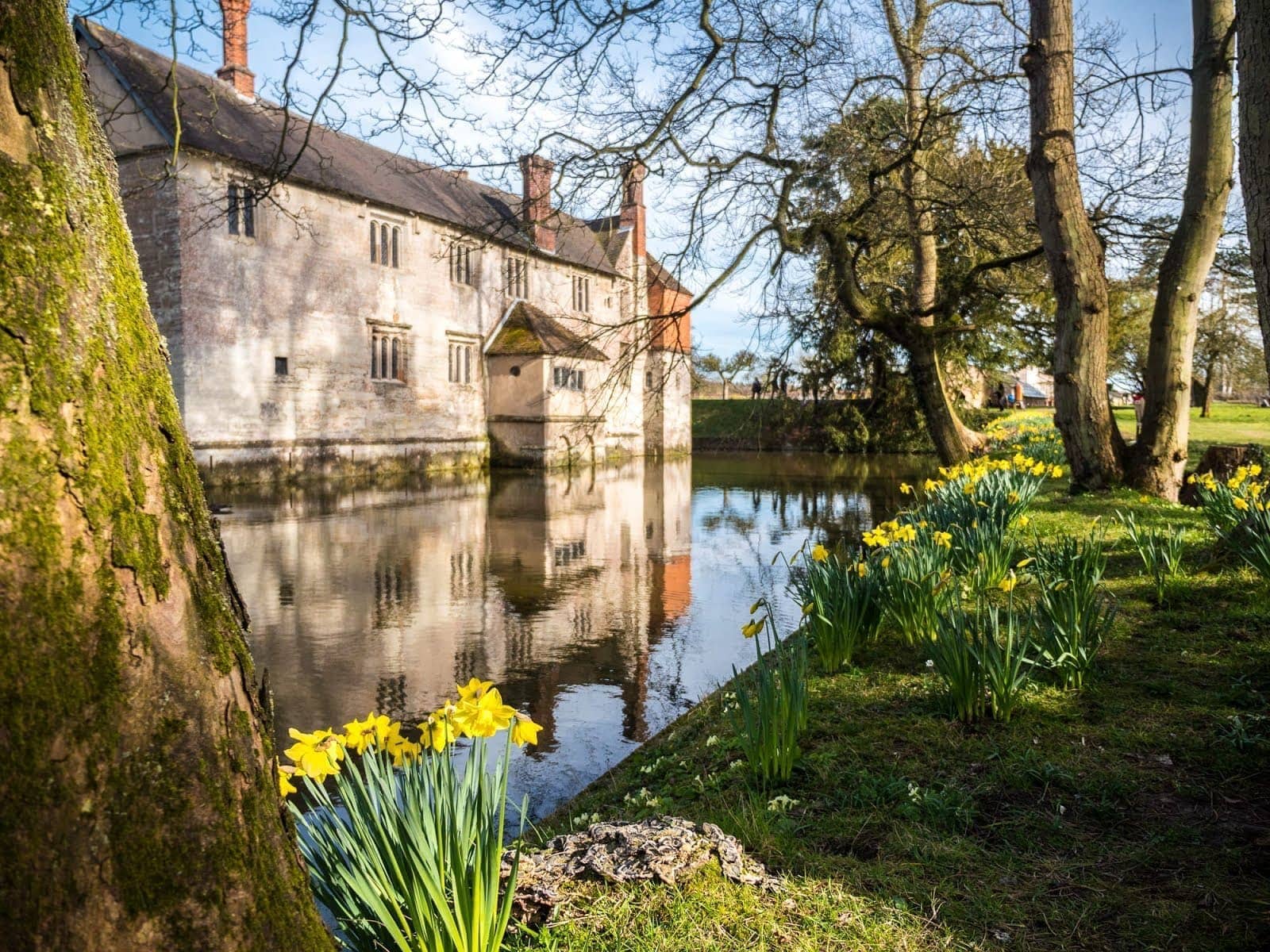


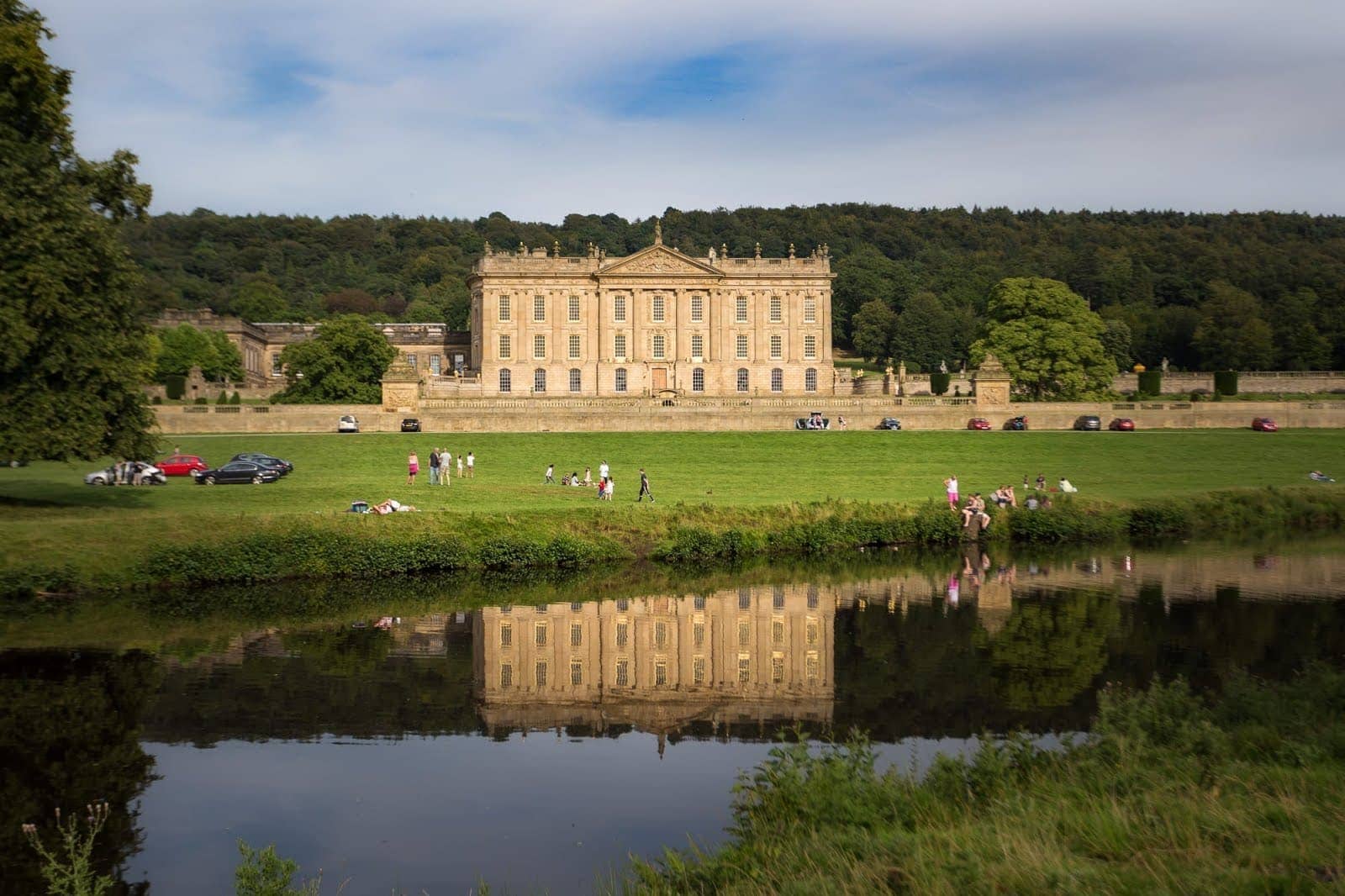










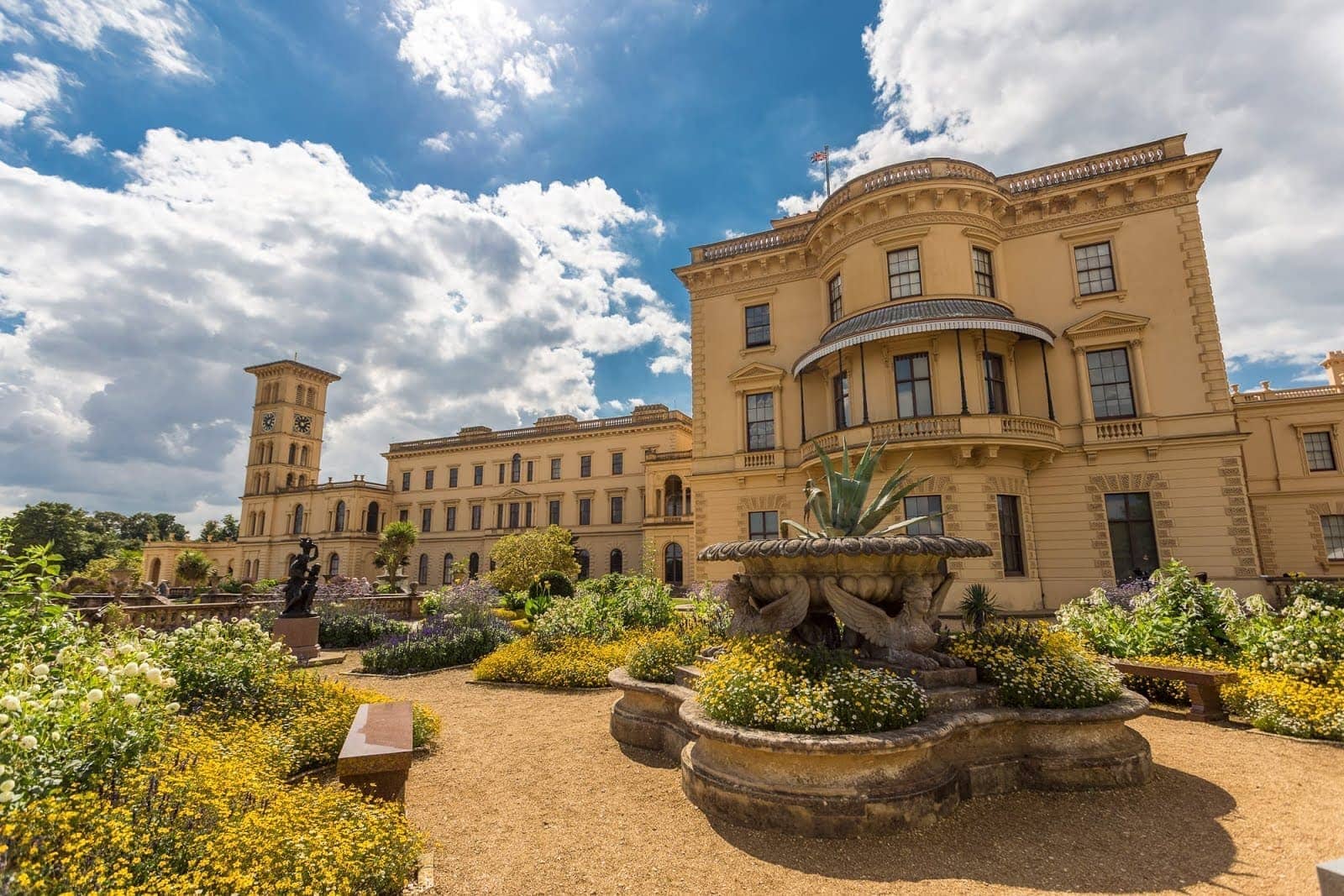



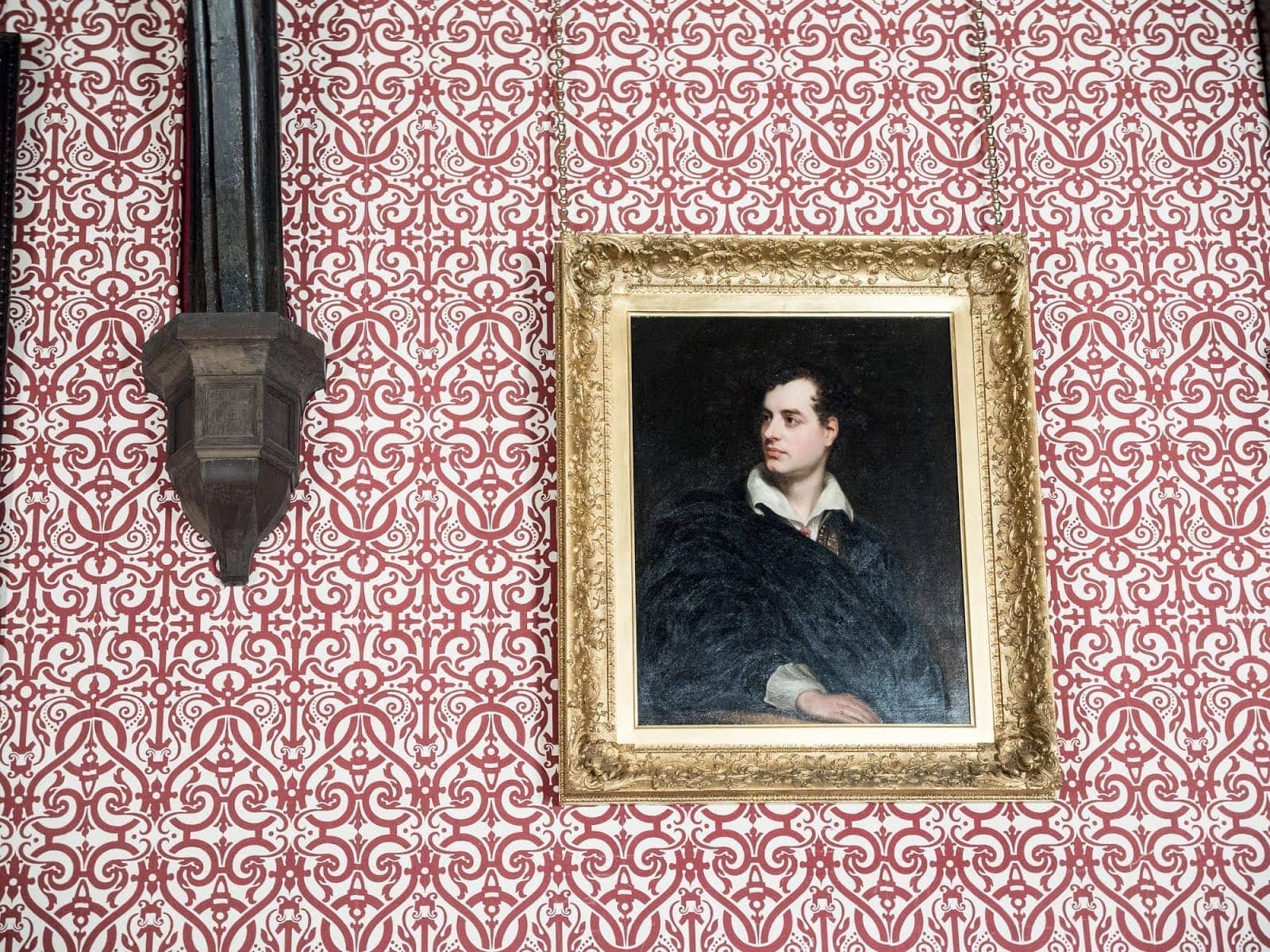


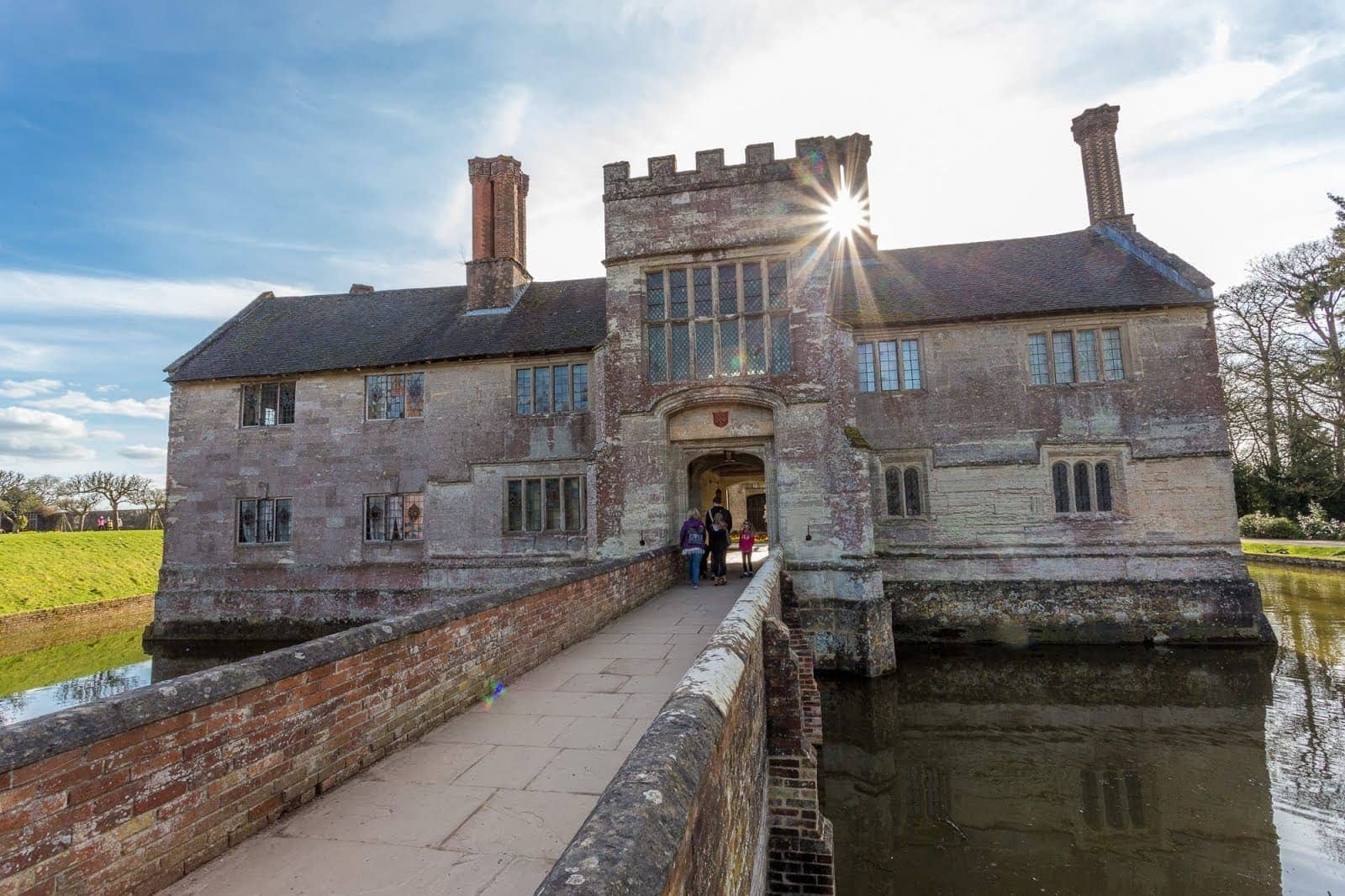

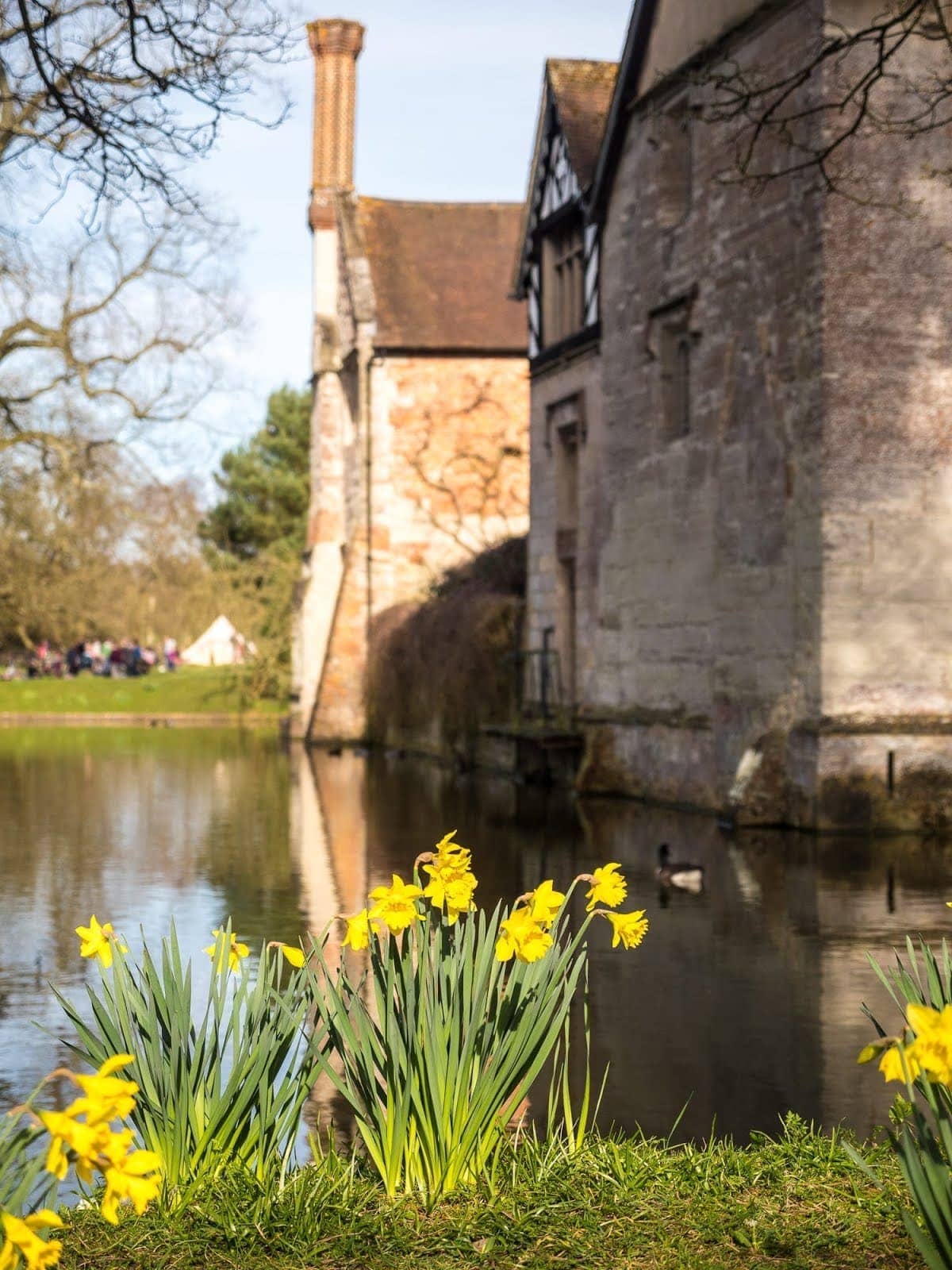



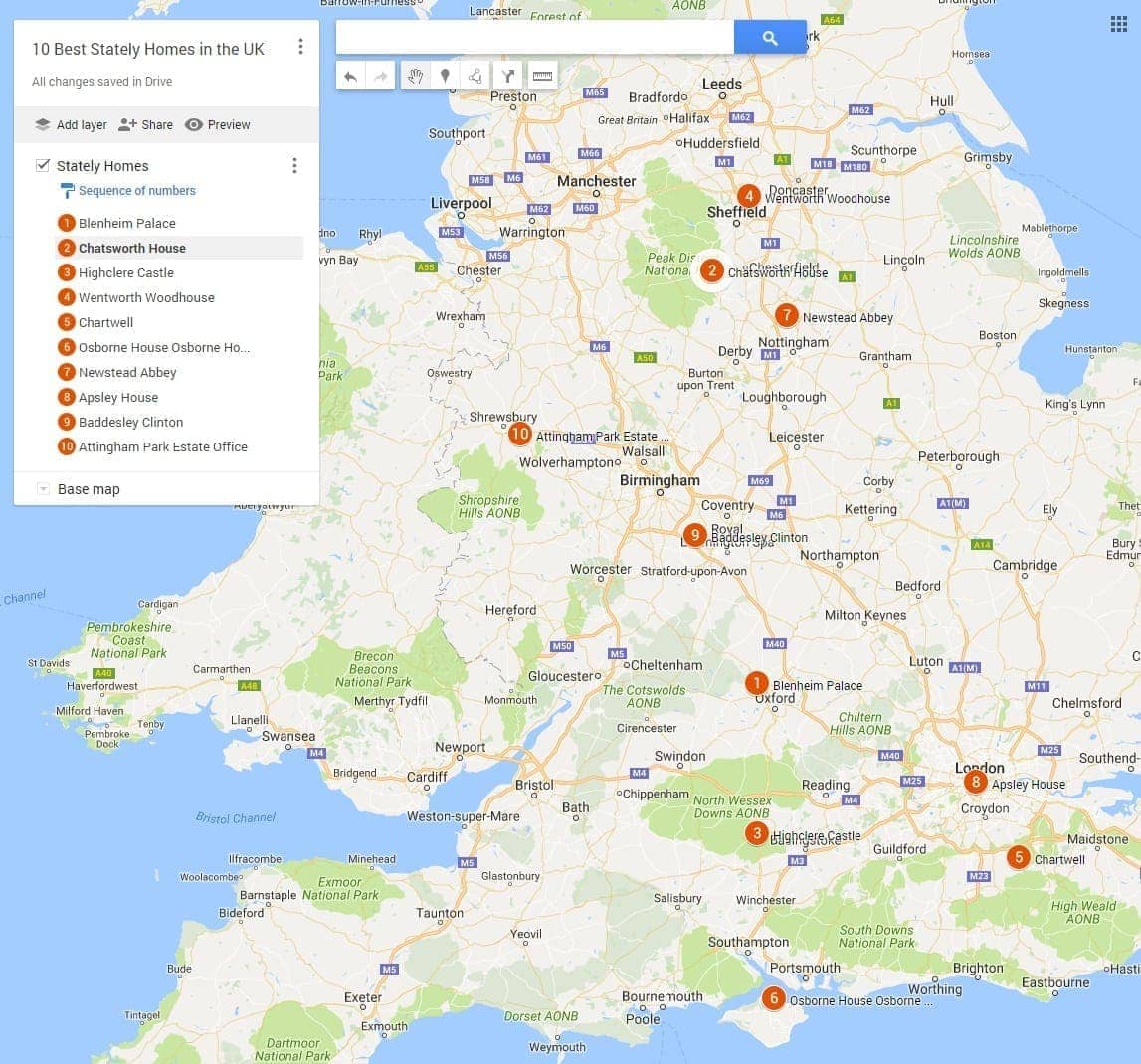



Wilson Freda says
Much grateful for useful suggestions for stately homes. I would be checking them out for visit and will let you know about my experience.
Laurence Norah says
My pleasure Wilson, enjoy!
victor says
wow, wonderful I have searching for tours specifically for all of these wonderful places, any suggestions with whom I can contact?
Laurence Norah says
Hi Victor. Thanks very much. As a starting point I’d recommend reaching out to the companies I list in the tours section of the post to see what they can do for you. Some of these locations can definitely be visited by tour, but others are not usually included on tours, so you would have to create your own private tour.
Liz says
Why is Castle Howard not on this list? It beats many of these places hands down.
Laurence Norah says
Hi Liz!
Great point! It’s on our short list to visit, but we haven’t made it yet so it’s not on the list. But rest assured when we visit then we will definitely re-evaluate 🙂
Thanks for your comment
Laurence
David A Hoyer Esq. says
Chartwell House is certainly worth a visit, and you’d make an excellent day of touring Stately Homes by including the nearby Knole House, Igtham Mote (only about 10 and 16 miles from Chartwell, respectively) and if you have the time, Bateman’s (about 30 miles from the other 3 homes). These properties will give you the experience of everything from an absolutely enormous Stately Home full of antiques, period furnishings and a prominent family’s (Sackville-West) history (Knole House) to a moated Manor House built and expanded over six centuries (Igtham Manor) to a more modest Manor (Bateman’s) that was the home of Rudyard Kipling. Added to Chartwell, these properties will easily fill a day of viewing Manors, Mansions and Moated Manses. All are National Trust properties, so if you’re a member, you’ll have free entry, and all possess unique attributes that make visiting well worth the time. Igtham (pronounced like “item”) Mote was the most expensive renovation undertaken by the National Trust when it was begun. Knole House is so enormous that it can take you nearly an hour to walk through the open areas of the house, without stopping to look at all that’s on display – plus you’ll need another 20+ minutes to visit the Gatehouse Tower to see how Edward Sackville-West, 5th Earl of Sackville lived for part of his life. Chartwell, Knole House and Igtham Mote are all within about 15 miles of each other. Bateman’s sits about 30 miles south of the other three, but is great if you’re a Kipling fan.
Laurence Norah says
Hi David,
Thanks so much for this comment! We actually visited Igtham Mote quite recently and had a lovely walk through the countryside to an excellent pub as well 🙂 This would certainly make for a great day out.
Best
Laurence
srbmckenzie says
For the film aficionados it’s also worth mentioning that Chatsworth was used as the interior filming for the Colin Firth version of Pride and Prejudice!
Laurence says
I did not know that! Thanks 😀